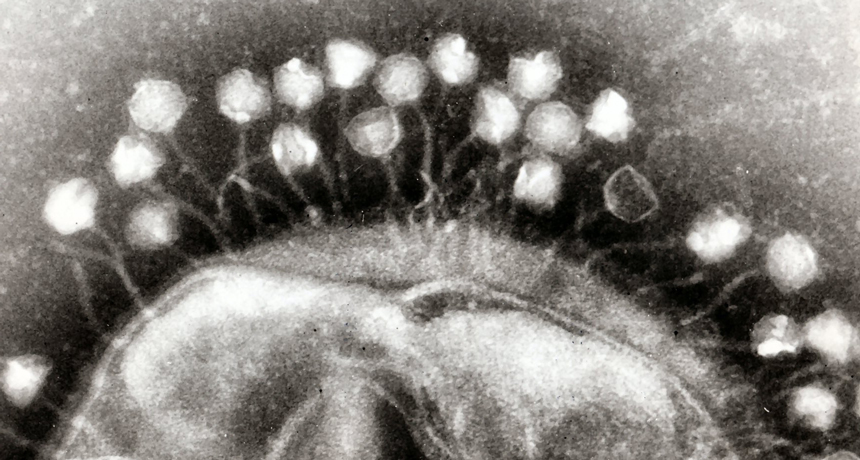
Since long before it gained fame as a precise gene-editing tool, CRISPR has had another job defending bacteria against viral invaders.
And it’s far from alone. Ten sets of bacterial genes have similar, newly discovered defense roles, researchers report online January 25 in Science.The discovery “probably more than doubles the number of immune systems known in bacteria,” says Joseph Bondy-Denomy, a microbiologist at the University of California, San Francisco, who wasn’t involved in the study.
Bacteria are vulnerable to deadly viruses called phages, which can hijack bacteria’s genetic machinery and force them to produce viral DNA instead. Some bacteria protect themselves against phage attacks with a system called CRISPR, which stores pieces of past invaders’ DNA so bacteria can recognize and fend off those phages in the future (SN: 4/15/17, p. 22). But only about 40 percent of bacteria have CRISPR, says study coauthor Rotem Sorek, a microbial genomicist at the Weizmann…
The post Scientists find 10 new defense systems used by bacteria appeared first on FeedBox.